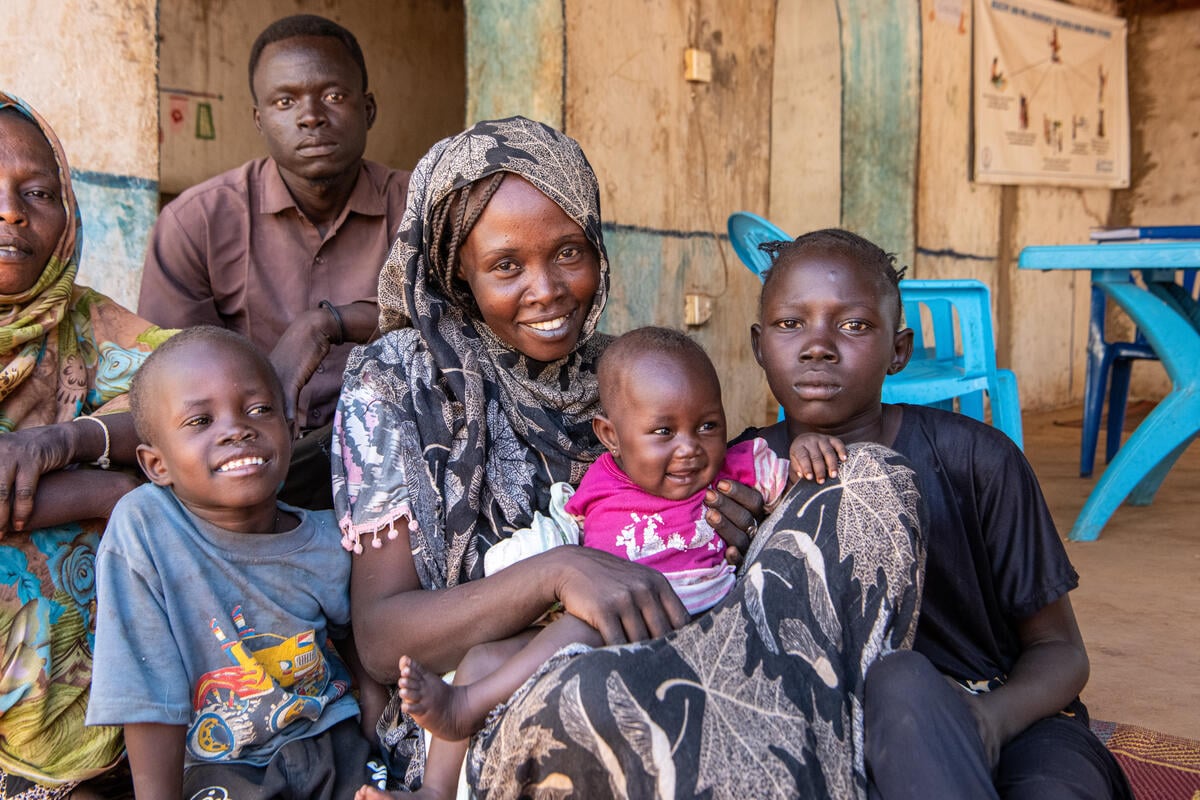Intentions surveys
Intentions surveys

Our approach
Each refugee and internally displaced person has different capacities, vulnerabilities and aspirations for the future. UNHCR conducts intention surveys with them for several crucial reasons:
1. Listening to individual voices
UNHCR aims to ensure that forcibly displaced people are included in discussions about their future. Their direct and consistent engagement can help UNHCR, the authorities and other partners to better understand their hopes, intentions and choices regarding durable solutions.
2. Evidence-based responses
Intentions surveys provide primary data on people, households and communities' profiles. Understanding forcibly displaced intentions helps UNHCR plan and program more effectively. It facilitates a better grasp of past, current, and future dynamics related to return and other solutions.
3. Factors influencing decision-making
Intention surveys reveal the factors influencing people’s decision-making, such as safety, security, livelihood opportunities, housing, and basic services.
4. Adaptability
While intentions represent a given point in time, they can subsequently change due to various factors. These surveys allow UNHCR and its partners to adapt their strategies based on evolving circumstances.
The specific information needs that UNHCR aims to collect by conducting intentions surveys are:
-
What are the intentions or plans in the short and the long term?
-
What are the main reasons and drivers influencing decision-making and planning?
-
What are the individual or household profile and current socio-economic conditions which can influence intentions?
-
What are the main enabling factors determining the intention to return, integrate or move somewhere else?
In UNHCR's experience, conducting intentions surveys is key to:
-
Listening to and understanding the forcibly displaced people's differentiated needs, preferences and challenges in pursuing durable solutions.
-
Fostering their agency and respecting their right to make informed and voluntary decisions about their future.
-
Providing accurate, accessible and timely information and counselling on available options so that they can make informed decisions.
-
Supporting people's participation and empowerment in planning and implementing solutions.
-
Informing evidence-based and tailored responses by humanitarian and development actors in support of government authorities to promote durable and sustainable solutions.
-
Monitoring and evaluating progress in and the impact of solutions-oriented interventions.
Text and media 13
Hopes and intentions for the future
UNHCR continuously carries out intentions and perceptions surveys to explore the profiles and intentions of refugees and internally displaced people around the world.
You can browse available surveys in the following list:
Find the list of available intentions surveys in different countries
Highlights - Ukrainian refugees and internally displaced people
You will find a selection of reports highlighting part of our work with refugees, IDPs and refugees' returnees from and within Ukraine.
To consult all available reports, see this list.

Regional reports
Country reports
Highlights - Syrian refugees
You will find a selection of reports highlighting part of our work with refugees, IDPs and refugees' returnees from and within Syria.
To consult all available reports, see this list.

Regional reports
Highlights - Rohingya refugees
You will find a selection of reports highlighting part of our work with Rohingya refugees, IDPs and refugees' returnees.
To consult all available reports, see this list.


